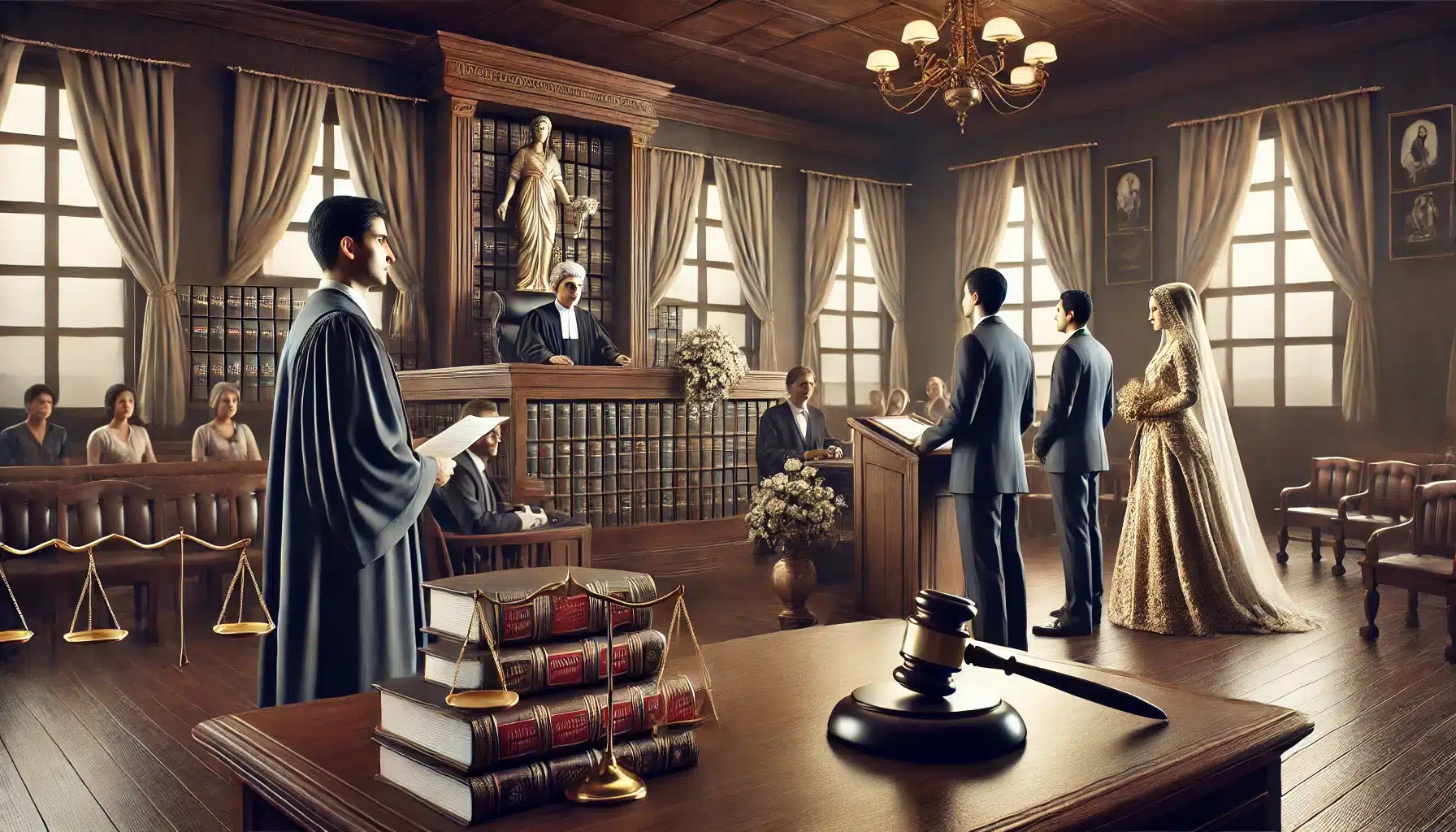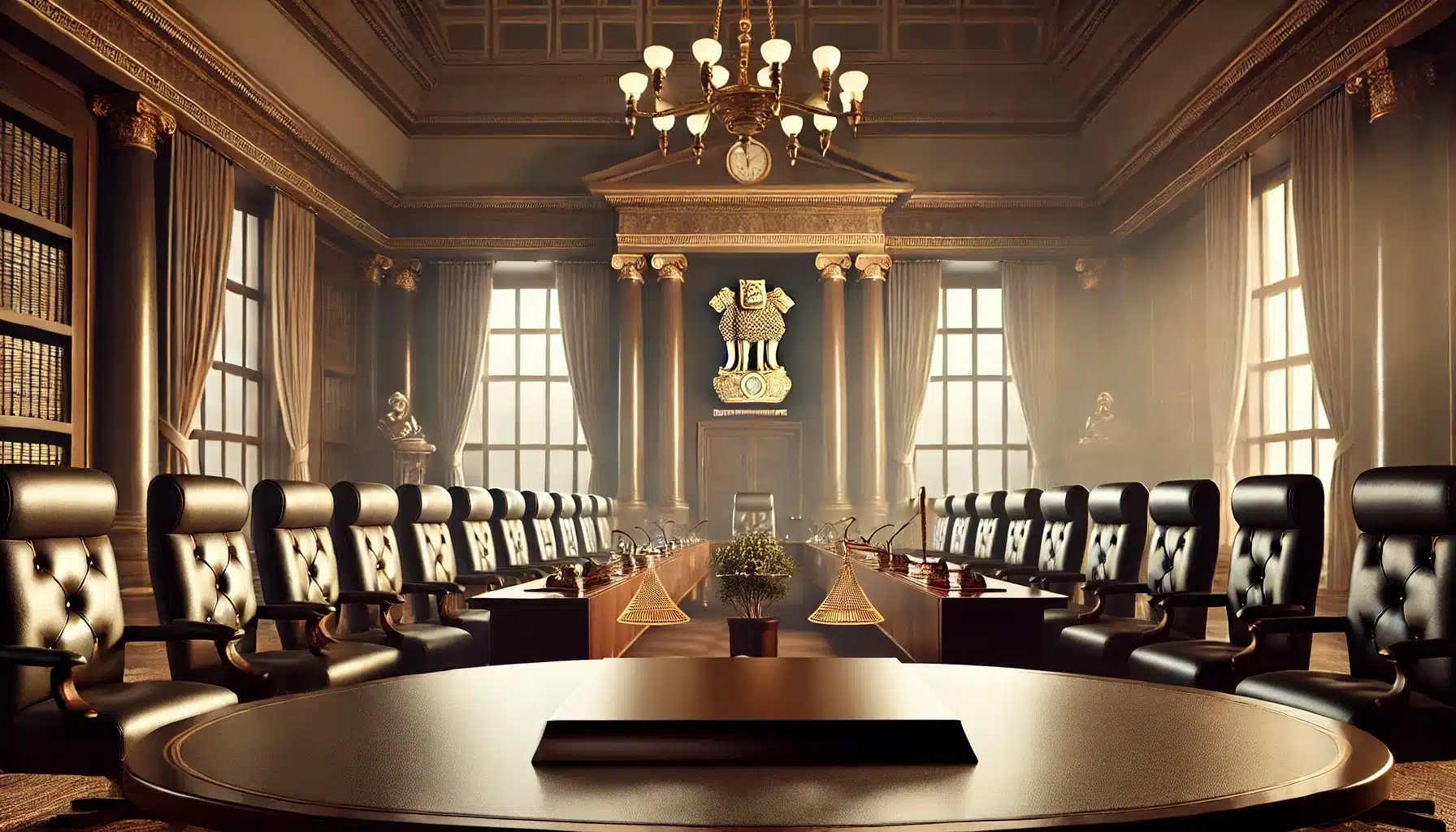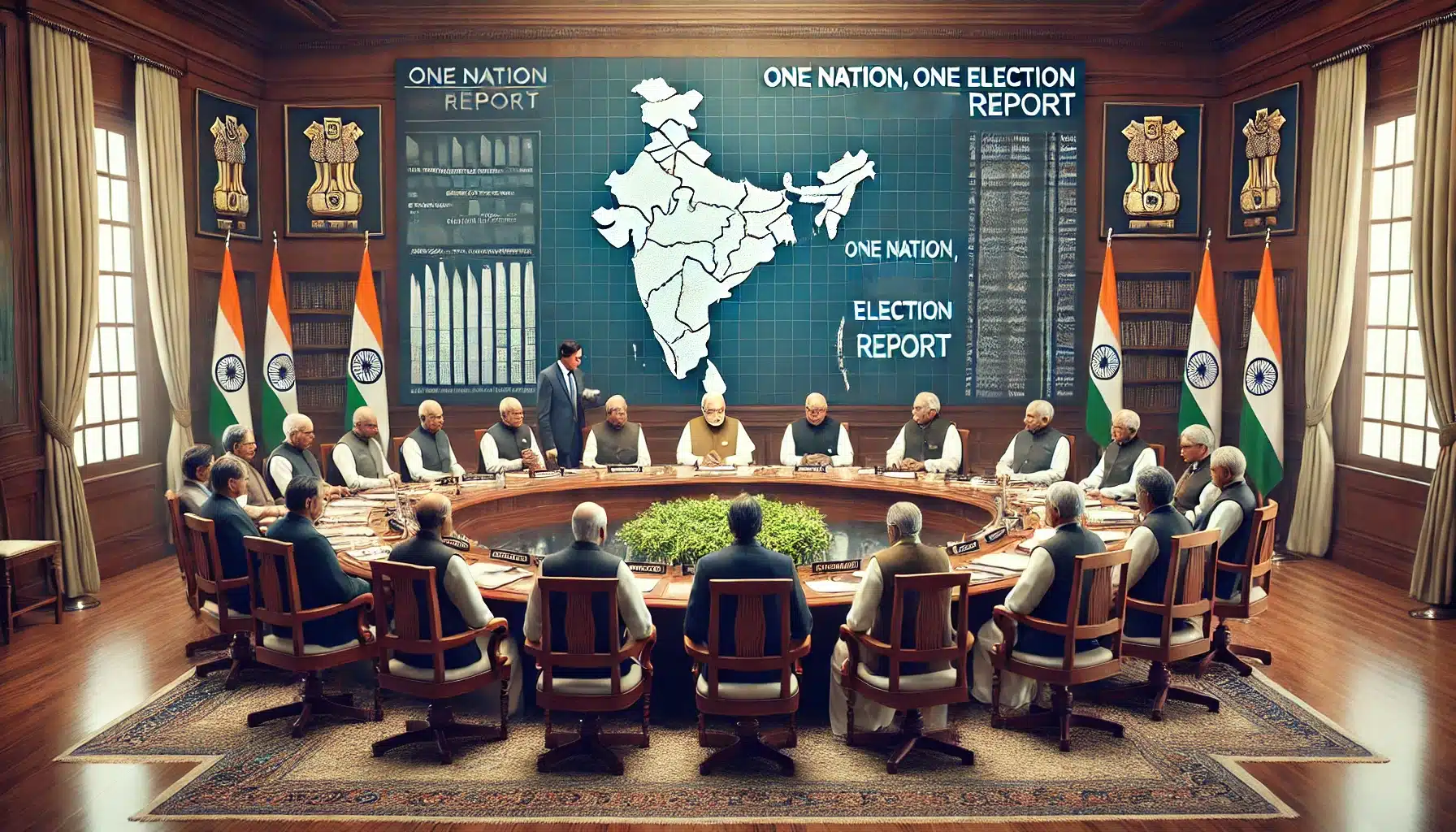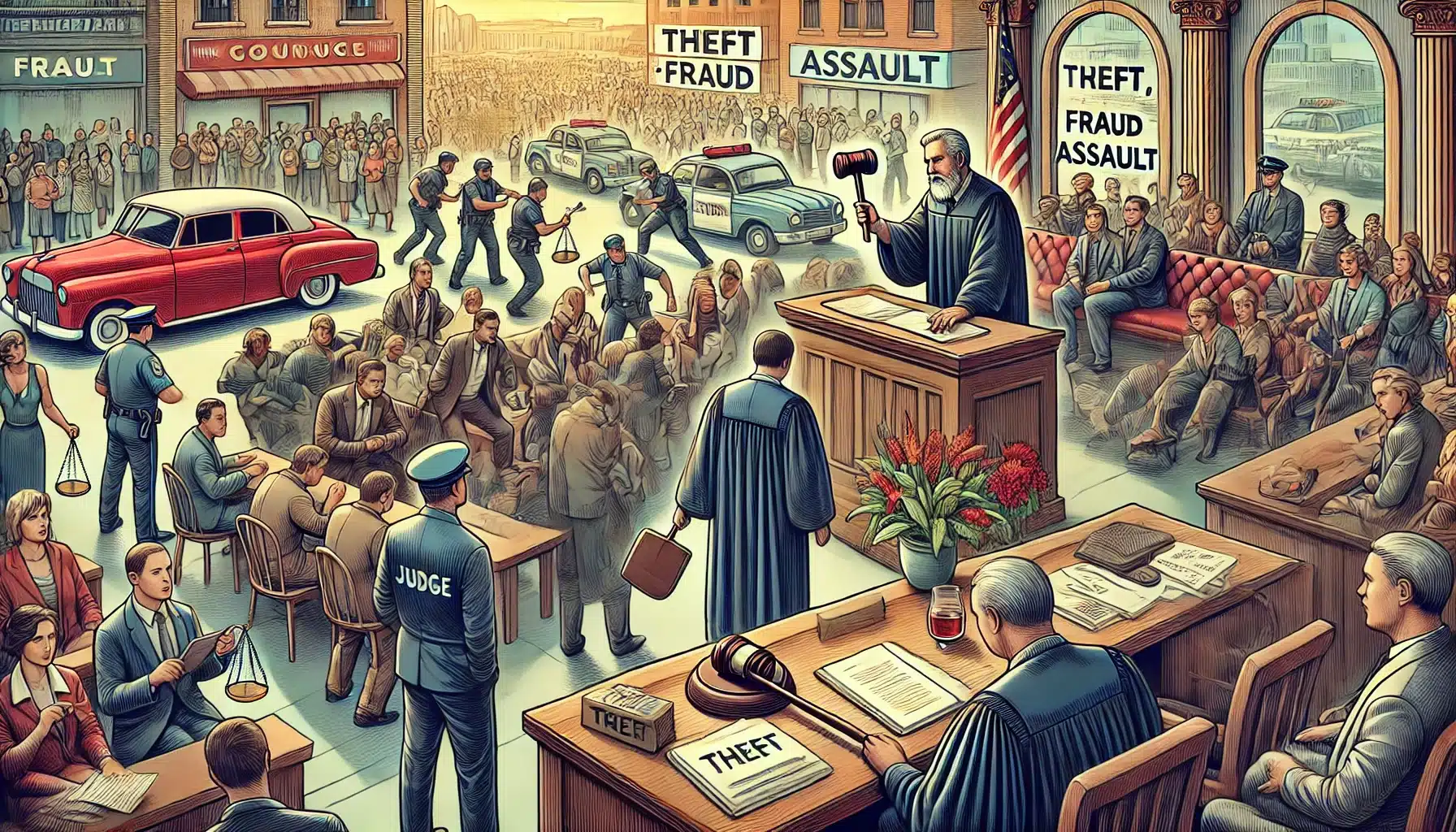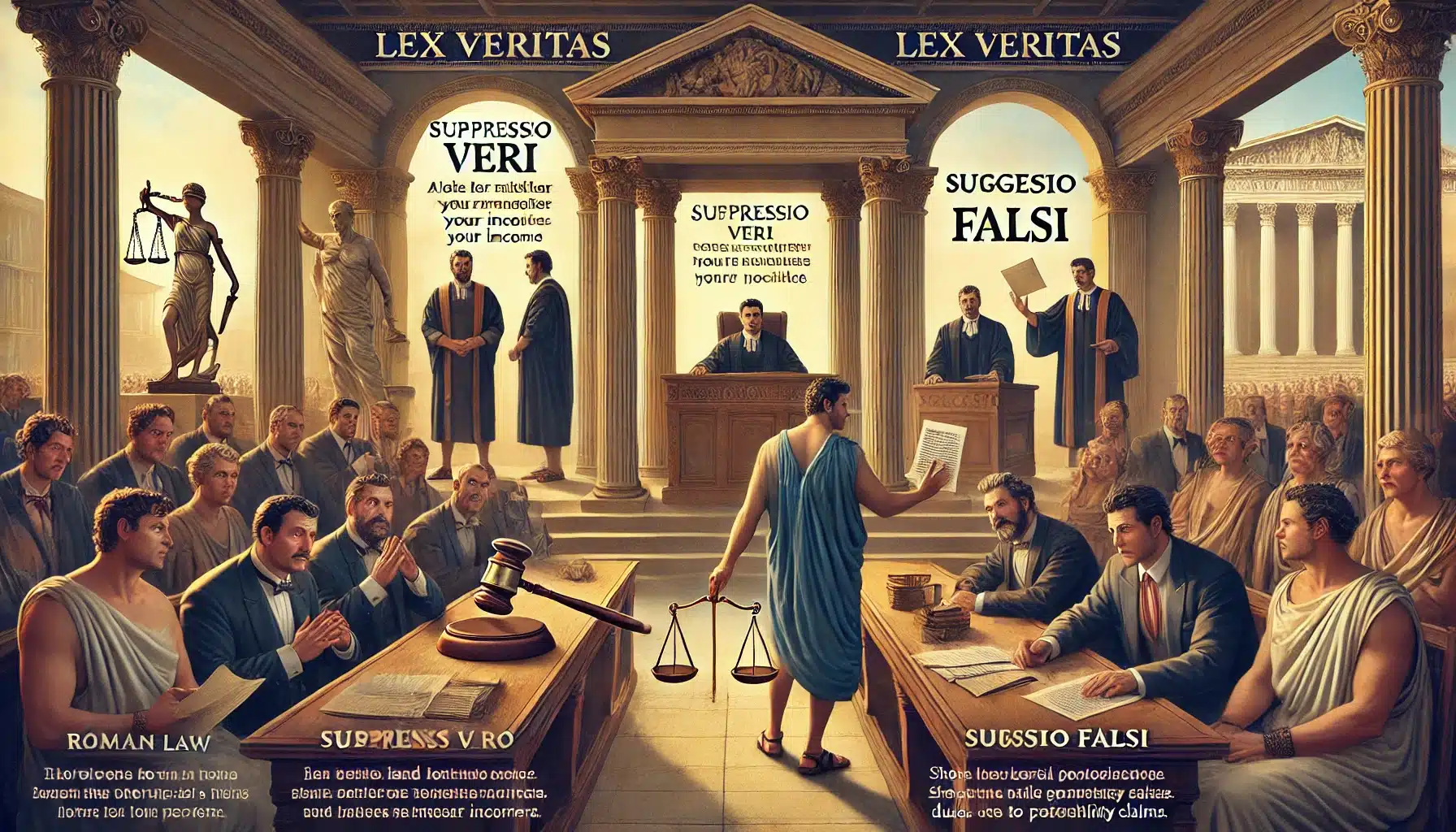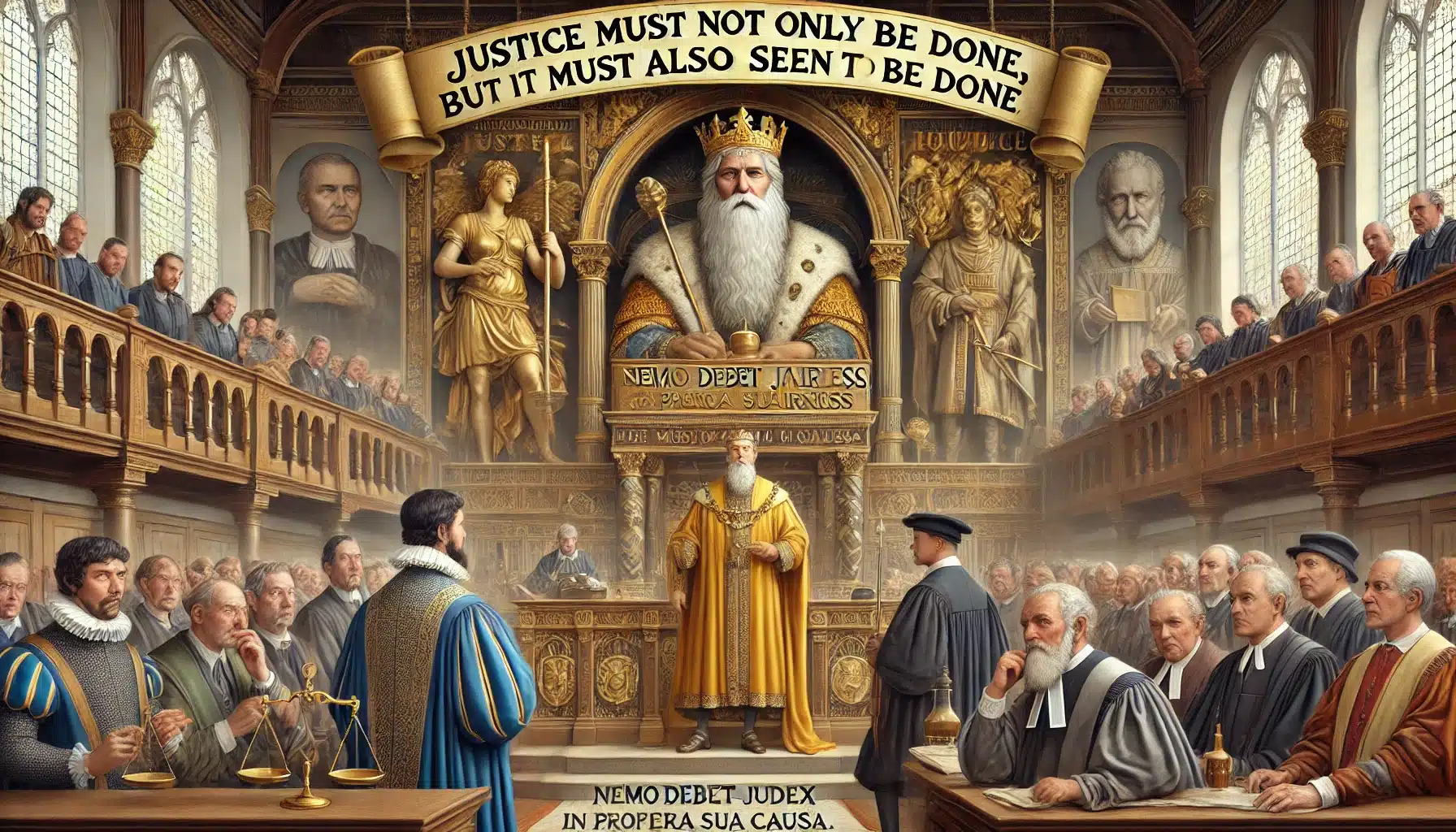Aug 17, 2024 10:59 UTC
| Updated:
Aug 19, 2024 at 08:16 UTC
John Rawls: Theory of Justice
Introduction
John Rawls was born on February 21, 1921, in Maryland and attended school in Baltimore. He earned a Bachelor of Arts degree from Princeton University, graduating summa cum laude in 1943. Following his graduation, Rawls served in the military from 1943 to 1946. After completing his military service, he returned to Princeton in 1946 to pursue a doctorate in Moral Philosophy.
Recognized as a prominent American moral and political philosopher, Rawls authored several influential works, including A Theory of Justice in 1971, Political Liberalism in 1993, and Justice as Fairness: A Restatement in 2002. He is often regarded as the most significant ethics and political philosopher of the 20th century. In 1999, President Bill Clinton awarded Rawls the National Humanities Medal in recognition of his contributions to academia and the political landscape.
Rawls’ theory is rooted in liberalism and serves as a guiding framework for what law enforcement and the criminal justice system should aim for in a pluralistic and liberal society. Drawing on certain aspects of social contract theory, Rawls envisions a society where the principles of justice are established through a social contract. However, he identifies inherent flaws in traditional social contract theories that prevent fairness and equality among members of society. To address these issues, Rawls proposes a social contract that is negotiated behind a “veil of ignorance,” where participants are unaware of their race, gender, education, health, sexual orientation, and other characteristics, ensuring that the resulting agreement is fair for all.
Original Position
The strategy of the original position is to construct a method of reasoning that integrates abstract ideas about justice to focus their influence on the selection of principles. Rawls’ conception of citizens as free and equal, and of society as fair, is embedded in the very design of the original position. Rawls’ intent is that readers will perceive the outcome of the original position as justified because it reflects a plausible understanding of both citizens and society and confirms many of their considered convictions about justice on specific issues.
The original position is a thought experiment—a hypothetical scenario where each real citizen is represented by a delegate, and these delegates collectively agree on the principles of justice that should govern the political institutions of the real citizens. If actual citizens were to convene in real time to agree on principles of justice for their society, the bargaining process would be influenced by various factors irrelevant to justice, such as who appears most threatening or who can hold out the longest. The original position abstracts from all such irrelevant factors. Essentially, in the original position, each citizen is represented solely as a free and equal individual, seeking only what free and equal citizens would want, and attempting to agree on principles for the basic structure of society while being fairly situated in relation to others. For instance, the basic equality of citizens is modelled in the original position by imagining that the parties representing real citizens are symmetrically situated—no representative can threaten or outlast another for a better deal.
The most striking feature of the original position is the veil of ignorance, which prevents arbitrary facts about citizens from influencing the agreement among their representatives. Rawls argues that characteristics such as a citizen’s race, class, or gender should not be reasons for social institutions to favour or disfavour them. Thus, each party in the original position is deprived of knowledge regarding the race, class, and gender of the real citizens they represent. In fact, the veil of ignorance strips away all facts about citizens that are irrelevant to the choice of principles of justice, including their age, natural abilities, and more. Furthermore, the veil of ignorance also screens out specific information about the citizens’ society to gain a clearer view of the enduring features of a just social system.
The veil of ignorance is designed to ensure that the representatives of free and equal citizens are fairly situated in relation to one another. No party can advocate for principles that would arbitrarily favour the specific citizens they represent because no party knows the particular attributes of those citizens. This arrangement ensures that the parties can make a rational agreement under reasonable conditions. Each party seeks to agree on principles that will best serve the citizens they represent, aiming to maximize those citizens’ share of primary goods. Since the parties are fairly situated, the agreement they reach will be fair to all actual citizens.
Principles of Justice
According to Rawls, the parties behind the veil of ignorance in the original position will unanimously agree to two principles:
1. First Principle: Each person is entitled to an equal right to the most extensive system of equal basic liberties that is compatible with a similar system of liberty for all.
2. Second Principle: Social and economic inequalities must be arranged so that they are:
- To the greatest benefit of the least advantaged, consistent with the just savings principle, and
- Attached to offices and positions open to all under conditions of fair equality of opportunity.
The first principle of justice asserts that everyone should be provided with equal rights and liberties, which must be compatible with those of others. No one should be treated as privileged. Certain rights and liberties, such as political liberty, freedom of conscience and thought, and the right to personal property, are essential for individuals to pursue their rational life plans and achieve primary goods. These rights provide the means for a better life. Denying basic rights over fundamental liberties amounts to oppression, as liberty cannot be sacrificed for any external end, only for the sake of liberty itself.
The first principle of justice pertains to the distribution of primary goods such as basic rights and liberties. These goods should be distributed equally, ensuring that each person enjoys the maximum possible amount, provided that this does not infringe on the same rights and liberties of others.
The second principle of justice addresses the basic structure of society. It considers inequalities and natural contingencies in the original position and seeks to regulate them to benefit all, particularly the least advantaged. Inequalities exist in the original position, even though people are unaware of them. Some individuals are naturally more gifted, while others are less advantaged. Some possess more wealth, assets, and power simply because they are born into privileged circumstances. While these natural disparities cannot be entirely eliminated, they can be regulated to benefit everyone, especially by improving the conditions of the less advantaged. Justice lies not in eliminating inequalities but in regulating them for the benefit of all.
The second part of the second principle states that social and economic inequalities should be arranged so that they are linked to offices and positions open to all under conditions of fair equality of opportunity. Inequalities are inevitable in social arrangements. People differ not only in wealth but also in ability and talent. The better-endowed usually have a greater chance of obtaining positions of authority. However, Rawls does not limit these positions to the naturally privileged. He ensures that these offices are open to all under fair equality of opportunity, allowing everyone, whether better or less endowed, the chance to achieve such positions. Rawls places significant emphasis on individual ability.
In Rawls’ justification of the principles of justice, the concept of primary goods plays a crucial role. It provides both the criterion for identifying the least advantaged and the motivation for individuals in the original position to act. Primary goods include three main categories: basic rights and liberties (such as free speech and freedom of religion), the rights and prerogatives of political office, and income and wealth.
According to Rawls, justice involves the equal distribution of primary goods. The first principle of justice applies to the primary goods of basic rights and liberties, which must be distributed equally so that each person enjoys the greatest possible amount, consistent with everyone else having the same amount.
The second principle of justice applies to the primary goods of the rights and prerogatives of political office, income, and wealth. These should be distributed equally unless an unequal distribution benefits the least advantaged group in society. Moreover, each person must be given an equal and fair opportunity to obtain these goods. In the original position, individuals cannot base their reasoning on their goals and life plans, as the veil of ignorance obscures these details. However, they know that they care about achieving their goals. Primary goods serve as all-purpose means, providing the resources needed to pursue any goals they might have.
The second principle ensures that all individuals have sufficient powers and resources to make their equal basic liberties meaningful. This principle aims to make citizens socially and economically independent, preventing anyone from being subservient to the will of another. As a result, citizens can regard and respect one another as equals, rather than as masters or subordinates. Equal basic liberties, fair opportunities, and political and economic independence are fundamental to self-respect in a democratic society. Therefore, those in the original position would choose principles of justice over utilitarianism and other teleological views to secure their own self-respect and that of others, thereby ensuring greater overall stability.
Criticism
Professor Rawls’ views have faced criticism on several fronts. Multiple commentators question whether his conclusions logically follow from his concept of the “original position.” Critics argue that the concepts of the “original position” and the “veil of ignorance,” along with their specific limitations, only provide a superficial justification for reaching predetermined conclusions.
Rawls presents certain “Principles of Priority.” The First Priority Rule is the priority of liberty, which states that “liberty can be restricted only for the sake of liberty.” A less extensive liberty must enhance the overall system of liberty shared by all, and a less than equal liberty must be acceptable to those with less liberty. The Second Priority Rule is the lexical priority of justice over efficiency and welfare, which dictates that an inequality of opportunity must improve the opportunities of those with fewer opportunities, and an excessive rate of savings must, on balance, alleviate the burden on those enduring the hardship. These principles ensure that, between liberty and need, liberty takes precedence; between need and utility, need prevails; and between liberty and utility, liberty is prioritized. However, liberty is to be given priority only after certain basic needs are satisfied.
Regarding individuals, Professor Rawls argues that reason leads to principles of natural duties and fairness. The natural duties include the obligation to uphold just institutions, assist in establishing just arrangements, provide mutual aid and respect, and avoid harming the innocent. The fairness principle generates obligations such as keeping promises. One is expected to fulfill their role as defined by institutional rules, provided they accept the benefits of that institution, and as long as the institution is just or nearly just. Civil disobedience is deemed justified when there is “substantial injustice,” all other remedies have failed, and the disobedience does not harm the innocent. In such cases, civil disobedience serves as an appeal to society’s sense of justice, reflected in the community’s reluctance to address it.
Professor Dias
Dias critiques Rawls by noting that he has not adequately demonstrated how his principles, despite their appeal, are derived from reason. The focus of Rawls’ theory is on stability and obedience based on fairness, with law being just one institution of social justice.
Robert Nozick
The Theory of Entitlement, closely linked to Robert Nozick’s work in Anarchy, State, and Utopia (1974), directly challenges John Rawls’ Theory of Justice, particularly his views on distributive justice. Nozick’s theory, rooted in libertarian principles, emphasizes individual rights and property rights as central to justice. Nozick criticizes Rawls by arguing that justice in holdings is about how resources are acquired and transferred, not about achieving a particular distribution pattern. If resources are acquired through just means, the resulting distribution is just, even if it leads to inequalities. He critiques Rawls’ difference principle for being a patterned theory of justice, requiring constant interference to maintain a specific distributional outcome. Nozick views this as inherently flawed and argues for a historical, non-patterned theory that focuses on the process rather than the outcome. Redistribution, according to Nozick, violates individual rights, particularly property rights, and he likens it to forced labour. He contends that the state should only ensure justice in acquisition and transfer, not engage in wealth redistribution. Nozick also argues that Rawls’ theory undermines self-ownership and autonomy by imposing redistributive schemes that infringe on individual rights. Overall, Nozick’s Theory of Entitlement critiques Rawls for prioritizing distributive fairness over the protection of individual rights and advocates for a minimal state focused on maintaining justice in acquisition and transfer.


